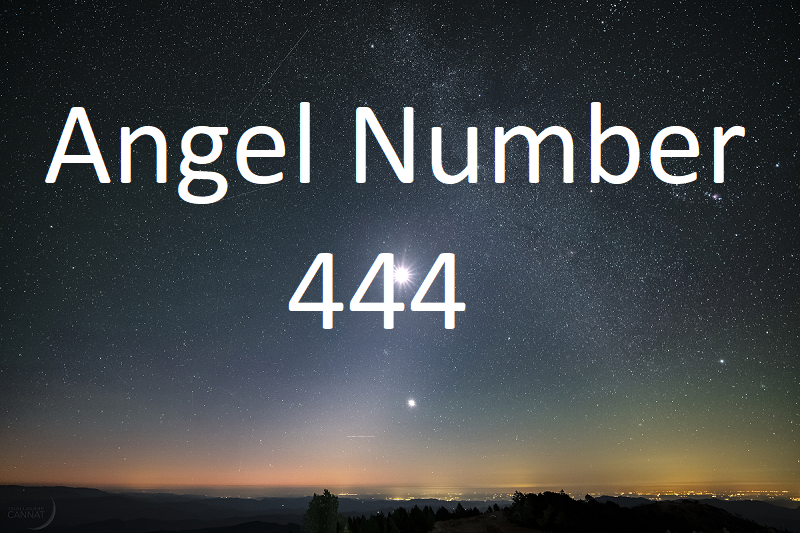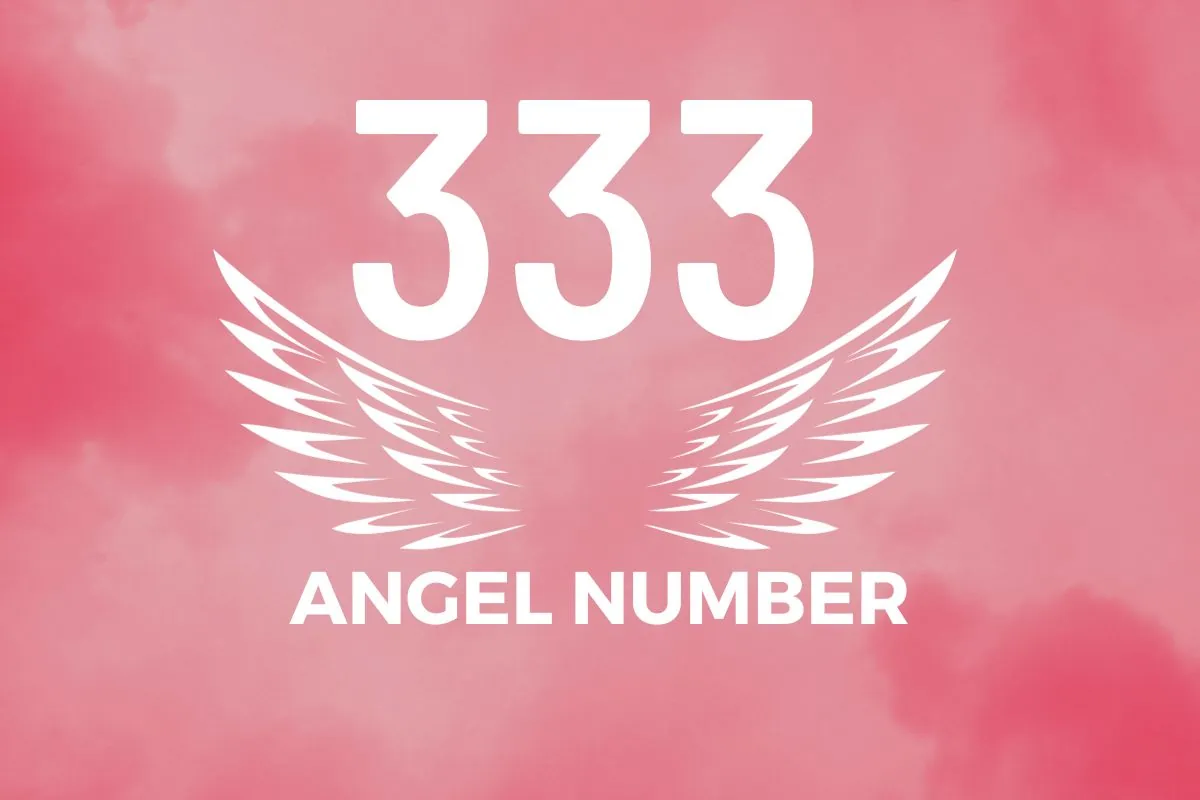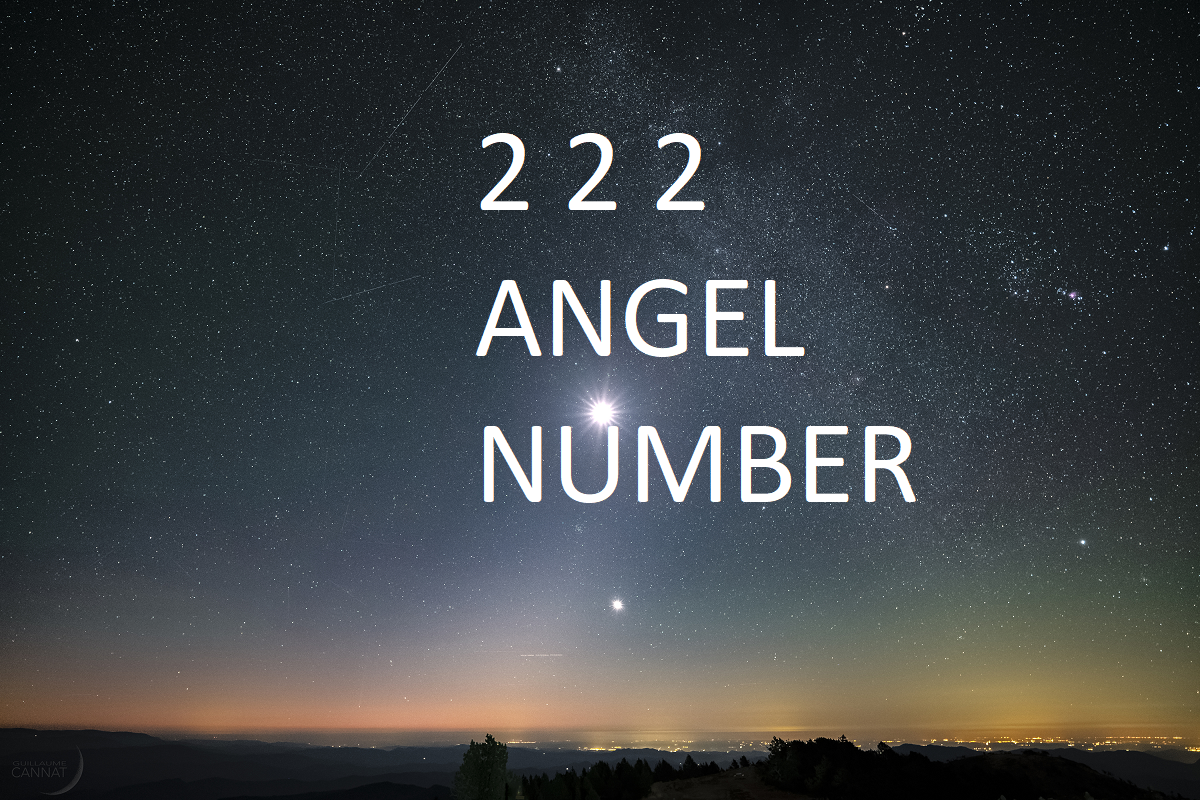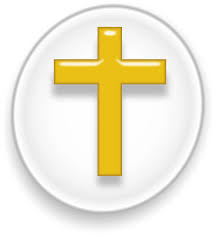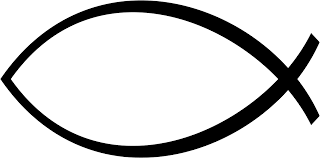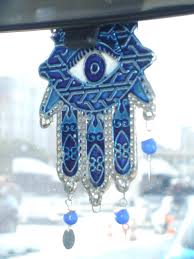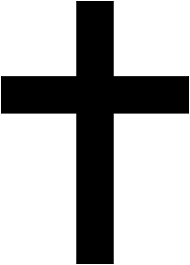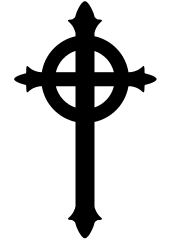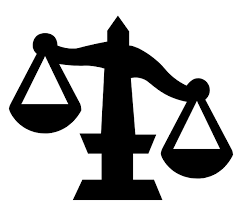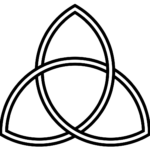
Trinity symbol
| Symbol | Trinity |
| Religion | Christianity |
| Origin | Rooted in Christian theology, specifically the doctrine of the Trinity, which asserts the belief in one God existing in three persons: Father, Son (Jesus Christ), and Holy Spirit. |
| Meaning | Represents the triune nature of God, emphasizing the unity and distinctiveness of the three persons within the Godhead. |
| Appearance | Traditionally depicted as an equilateral triangle or three interlocking circles, symbolizing the interconnectedness and equality of the Father, Son, and Holy Spirit. |
| Colors | Often depicted in gold, white, or other colors symbolizing purity and divinity. |
| Usage | Utilized in religious iconography, artwork, jewelry, and architecture as a visual representation of the Trinity's theological concept. |
| History | Traces back to early Christian debates and councils, such as the Council of Nicaea (325 AD), where the doctrine of the Trinity was formally articulated and established. |
| Popularity | Widely recognized and revered among Christian denominations, particularly within Catholicism, Eastern Orthodoxy, and mainstream Protestantism. |
| Importance | Central to Christian faith and doctrine, serving as a foundational belief that distinguishes Christianity from other monotheistic religions. |
| Complexity | Reflects the intricate theological concept of the Trinity, challenging to comprehend fully due to its paradoxical nature. |
| Emotions | Elicits reverence, awe, and contemplation among believers, evoking feelings of spiritual unity and divine mystery. |
The Trinity Symbol, also known as the Triquetra, is a three-cornered, interwoven knot that has been used for centuries in various cultures and religions. While its exact origins remain unknown, it is believed to have emerged as early as the 5th century AD.
Most commonly, the Trinity Symbol is associated with Christianity and represents the Holy Trinity – the Father, the Son (Jesus Christ), and the Holy Spirit. The three interconnected loops of the symbol are seen as a representation of the three divine persons existing as one God.
Beyond Christianity, the Trinity Symbol has also held significance in other cultures and belief systems.
- Celtic cultures: In Celtic traditions, the symbol is often referred to as the Triquetra or Trinity Knot. It is often associated with concepts like eternal life, interconnectedness, and balance. The three loops may represent the mind,body, and spirit; the three elements of earth, water, and sky; or the three stages of life – birth, life, and death.
- Norse mythology: The Trinity Symbol can be found on Thor’s hammer, Mjolnir, in Norse mythology. In this context, it is believed to represent Thor’s power over the three realms of Asgard, Midgard, and Jotunheim.
- Asian cultures: The Triquetra also appears in some Asian cultures, such as Japan, where it is known as the Musubi Mitsugashiwa. Here, it is associated with the three Buddhist treasures – the Buddha, the Dharma, and the Sangha.
The enduring popularity of the Trinity Symbol lies in its versatility and open-ended interpretation. Its simple yet elegant form allows people of different faiths and backgrounds to find their own meaning within its loops.
View rest of the Christianity Symbols, Religious Symbols
-
444 angel number
-
333 angel number
-
222 Angel Number
-
Christianity
-
Catholic Fish
-
Hamsa Hand
-
Jesus Cross
-
Presbyterian
-
Judgement
